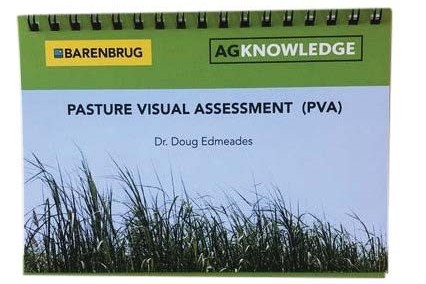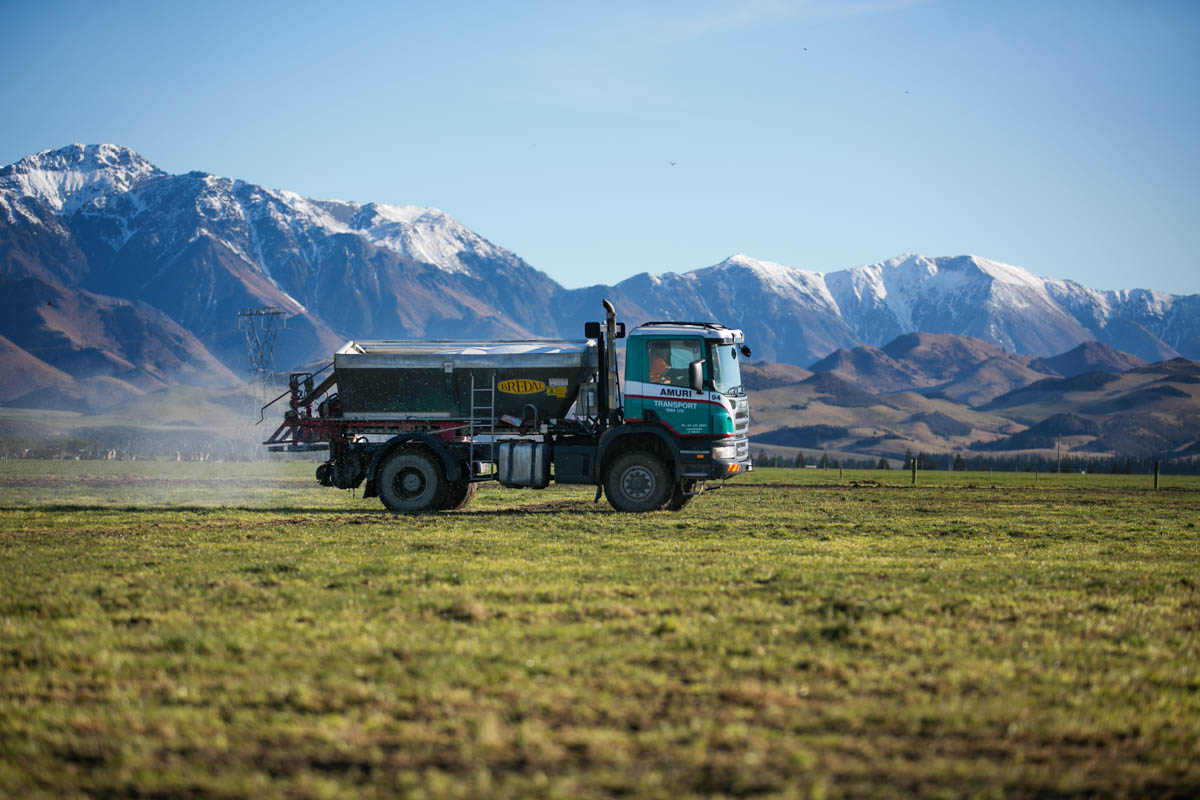Soil fertility booklet out
Acknowledge has released its latest tool for farmers – a booklet that enables them to assess the fertility of soils by looking closely at the pasture quality, vigour, and clover content. Clover is the canary in the soil fertility mine. It is the first pasture component to ‘disappear’ if the soil fertility is not optimal.

AGKNOWLEDGE HAS RELEASED its latest tool for farmers – a booklet that enables them to assess the fertility of soils by looking closely at the pasture quality, vigour, and clover content. Clover is the canary in the soil fertility mine. It is the first pasture component to ‘disappear’ if the soil fertility is not optimal.
The clover content of a pasture is a good proxy for the underlying fertility of the soil. Where it is growing in the pasture, its leaf size, abundance, colour and vigour, and the presence or absence in excreta patches, are all important indicators of the underlying soil fertility.
The Pasture Visual Assessment (PVA) uses these indicators to systematically score pastures on a 1-10 scale. A poor pasture (say 1-2/10 on the PVA scale), contains < 5% clover, the clover has small leaves and is only growing in the nutrient-rich dung and urine patches. Weeds and weed grasses dominate and the excreta patches are obvious. In contrast, a 9-10/10 pastures comprises 30-40% clover and the companion grass is ryegrass. The pasture is uniformly green and excreta patches are not apparent.
The PVA booklet provides a simple technical explanation of the system and contains a series of photographs showing the key features of the different types of pasture on 1 to 10 scale. The farmer simply matches his own pastures against the photographs. Obviously if the pastures are not ‘up-to-scratch’ professional advice should be sought.
The system, Pasture Visual assessment (PVA), has been developed with financial support from DairyNZ and Barenbrug.
The booklet is available at enquiries@ agknowledge.co.nz ($20 plus postage) or from www.barenbrug.co.nz




